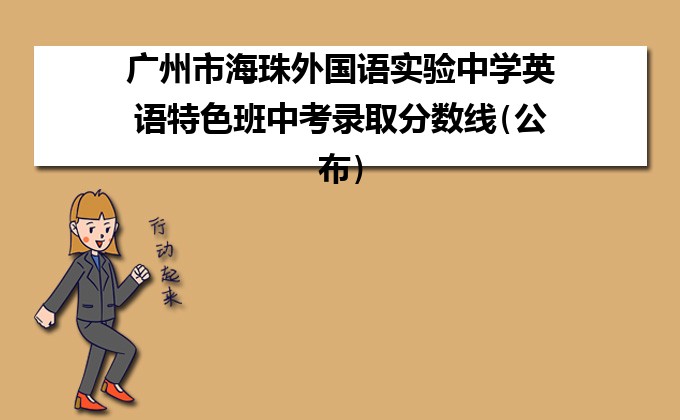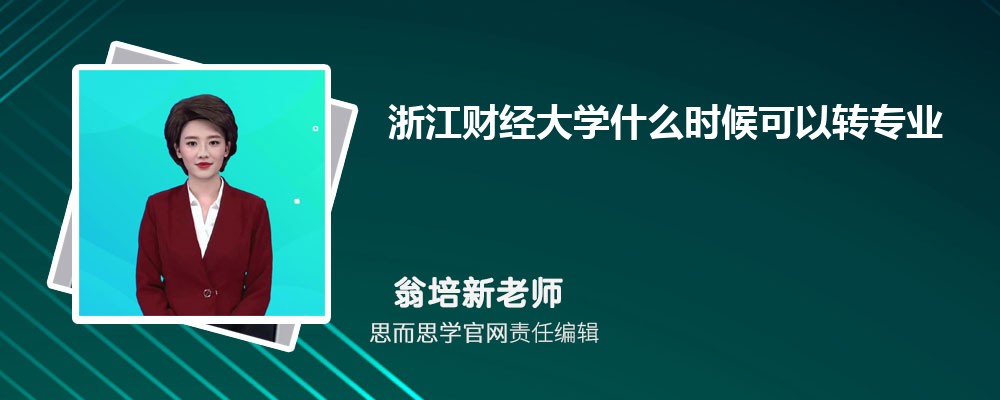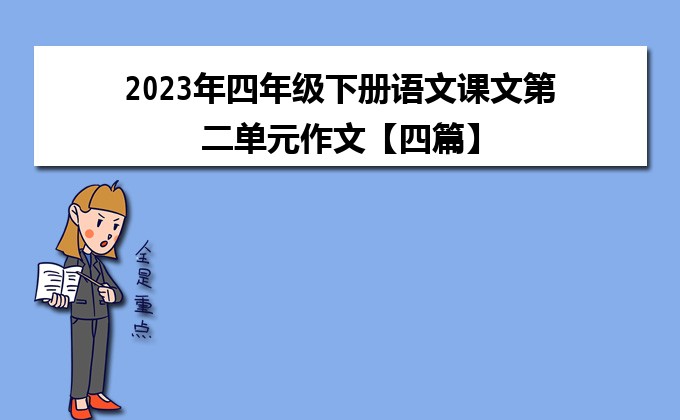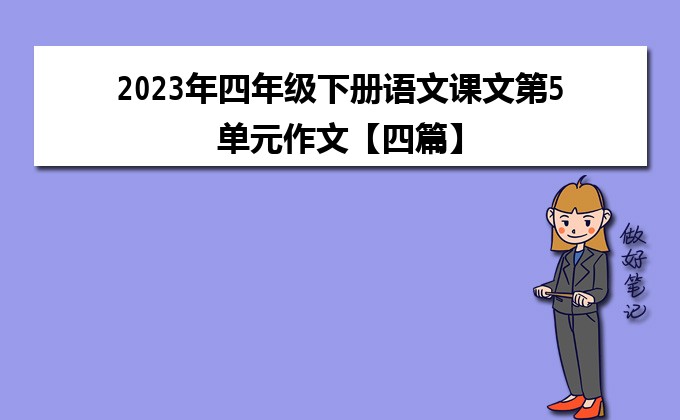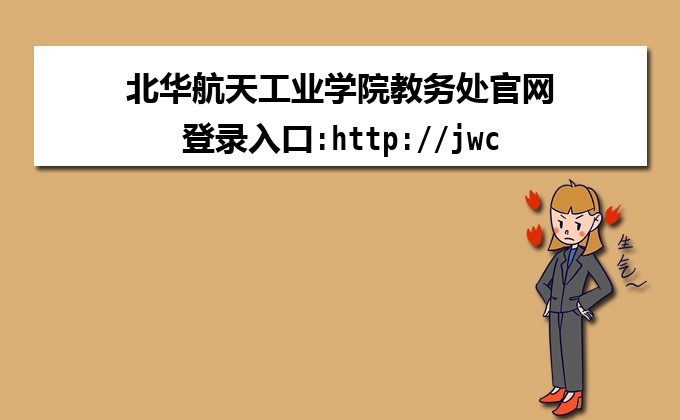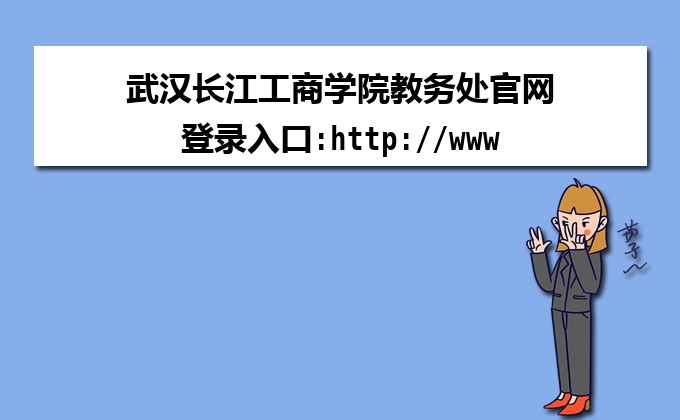中學(xué)英語教學(xué)案例分析兩例
發(fā)布時間:2017-12-11 編輯:互聯(lián)網(wǎng) 手機(jī)版
中學(xué)英語教學(xué)案例分析(1)
What things can harm the environment ?
What do you think we should do to improve our environment ? )
活動目的:通過列舉污染源,學(xué)生更清楚當(dāng)前環(huán)境的不僅如人意,保護(hù)環(huán)境刻不容緩,從而使學(xué)生增強(qiáng)保護(hù)環(huán)境的意識。他們動腦筋,想辦法,積極討論保護(hù)環(huán)境的措施,在不知不覺中提高英語語言運(yùn)用能力。
活動過程:
T: There is much pollution all over the world now
. Can you tell me what it is ?
(學(xué)生很快地回答)
Ss: Water pollution ; Air pollution; Noise
pollution;soil pollution …etc.
T: Do you know what causes water pollution ?
Ss: Factories pour waste water into rivers and lakes .
T: All the factories ?
Ss: No .
T: What factories ?
Ss: Paper factories , printing and dyeing mills ,
plastic factories…ect.
( 學(xué)生不會用英語說“印染廠及塑料廠”,他們說中文,我說英文。)
T: What else can cause water pollution ,too?
Ss: Some people throw rubbish into rivers and lakes .
T: How can we help to solve this problem ?
( 學(xué)生們分組討論解決辦法。 )
Ss: We can advise the directors of these factories
to stop pouring waste water into rivers and lakes .
T: If they don’t accept your advice ,what else can
we do ?
( 學(xué)生們討論更熱烈了,過了一會兒,他們七嘴八舌地說:)
Ss:1. We can write a letter to Green China about it .
2. We can also ask newspaper reporters and TV
station reporters to report these factories .
……
T: There is a paper factory in my hometown .It
pours waste water into the river every day . The
people in the town drink the water of the river
every day . They have advise the leader to stop
pouring waste water into the river many times .But
he never accepts it . Can you write a letter about
it to the Green China ?
(學(xué)生異口同聲說“Yes”。由于寫作太費(fèi)時間,這封信作為回家作業(yè),請同學(xué)們寫在作業(yè)本上。)
T: You have told me what causes water pollution
and how to solve this problem .You’re very clever
.Thank you very much .But can you tell me what
causes air pollution ?
Ss: The smoke of factories ,the smoke given out by
buses ,cars ,trucks ,motorbikes …ect.
T:There aren’t many factories in our city,Hangzhou .But the air is not good enough .Why ?
Ss: Because there is much traffic .
T: Can you think out a way to solve this problem?
(學(xué)生們分組討論解決方案,基礎(chǔ)差的同學(xué)也紛紛參與,只不過在用中文說;基礎(chǔ)好的同學(xué)在幫他們翻譯。)
Ss: 1.We can plant more trees on roads .
2.We can ask people not to drive their cars to work .
3.We can ask people to ride bikes to work .
4.We can tell people riding bikes is good for
their health . ……
T: If their homes are far away from their
workplaces ,can they ride bikes to work ?
Ss: No.
T: How can we solve it ?
(學(xué)生們興致更高了。你說一句,我說一句。大意是:)
Ss: We can ask the leader of the city to develop
the public traffic. Such as adding more buses ,building underground . …ect.
T: We have thought out many methods to improve our
environment .I will try my best to tell our
government that something must be done to make
Hangzhou more beautiful .Have you ever made any pollution ?
Ss: Yes .
T: Can you tell me something about it ?
Ss: Yes .
S1: I sometimes spit in public places .
S2: I sometimes draw on public walls .
S3: I cut down a small tree in my school in Grade
One .I feel very sorry now .
S4: We sometimes throw litter on the ground in and
out of our classroom .
S5: I often don’t pick up rubbish in public places .
…….
(我乘機(jī)問全班同學(xué)下列問題。)
T: Will you spit in public places from now on ?
Ss: No.
T: Will you draw on public walls any more?
Ss: No.
T: Will you cut down trees in the future ?
Ss: No.
T: Will you throw rubbish in public places?
Ss: No.
…….
(這時候,同學(xué)們情緒很高漲,他們幾乎是異口同聲地說:)
We must try our best to make our city (our
country) the most beautiful one in the world .
點(diǎn)評
本案例是根據(jù)第三冊第十課的P-read拓展而成的。
1.本文所設(shè)計的問題實際上是英語課與生物課中的“環(huán)保”章節(jié)的整合。教師讓學(xué)生列舉污染源,學(xué)生講出了很多的污染源-----空氣污染、水污染、土壤污染、噪音污染等等。實際上讓學(xué)生復(fù)習(xí)了生物課中剛學(xué)的“大氣與健康”、“土壤與健康”、“水與健康”等的環(huán)保知識。
2. 教師讓學(xué)生分組討論如何解決這些污染問題,巧妙地運(yùn)用了合作學(xué)習(xí)法,不但培養(yǎng)了學(xué)生探究問題和自主解決問題的能力,而且也培養(yǎng)了學(xué)生的參政議政的意識。
同學(xué)們以主人翁的身份,提出了種種解決方法。解決水污染問題,他們先用勸說的辦法,當(dāng)此法行不通時,再借助新聞媒體的力量,最后,上告政府;解決空氣污染問題,他們號召人們騎車上班。當(dāng)老師提醒他們,若家離工作地方很遠(yuǎn),不能騎車上班時,該怎么辦?他們馬上想到了公交車。他們要求政府增加公交車輛,建造地鐵。
3.老師因勢利導(dǎo),請他們回憶一下,以前有否做過有損于環(huán)保的事情。其實是英語課與政治課的整合。在這么和諧,民主、激動的氣氛中,同學(xué)們毫無顧忌,暢所欲言,紛紛講述了自己以前的不文明表現(xiàn)。當(dāng)老師問他們以后還會做這種事嗎?他們很真心地回答“No”。自然恰當(dāng)?shù)牡掠凉B透,起到一箭雙雕的作用,使活動達(dá)到了高潮。
總之,整個過程,教師不是在“教教材”,而是在“用教材教”。教師根據(jù)學(xué)生的實際情況和生活經(jīng)驗創(chuàng)造性地使用教材,從學(xué)生熟悉的知識入手,創(chuàng)建一個個與學(xué)生生活密切相關(guān)的問題情景,讓學(xué)生帶著問題思考,尋找解決問題的辦法。真正體現(xiàn)了《新課標(biāo)》的精神----“在發(fā)展語言能力的同時,發(fā)展思維能力,激發(fā)想象力和創(chuàng)造力。”
《新課標(biāo)》說;活動不應(yīng)該僅限于課堂教學(xué),而要延伸到課堂之外的學(xué)習(xí)和生活之中。同學(xué)們回憶自己的不文明行為,作自我批評,是活動的高潮,是自我教育,提高環(huán)保意識的最有效手段。當(dāng)時,教師應(yīng)該趁熱打鐵,利用同學(xué)們的這份熱情,讓同學(xué)們利用課余時間,用英語采訪同年級的別班同學(xué),讓同學(xué)們在同齡人面前很自然地回憶自己的不文明行為。然后,以此為依據(jù),讓本班同學(xué)用英語向全校同學(xué)發(fā)一份以“保護(hù)環(huán)境”為內(nèi)容的倡議書。這不但會在全校興起一股學(xué)英語的熱潮,還會使環(huán)保意識深入人心。這是實實在在的任務(wù)型教學(xué),體現(xiàn)了學(xué)中用,用中學(xué)的《新課標(biāo)》精神。讓學(xué)生在實現(xiàn)任務(wù)的同時,感受成功,以形成積極的學(xué)習(xí)態(tài)度,促進(jìn)英語語言實際運(yùn)用能力的提高。這才真正符合《新課標(biāo)》的理念。
思考與探討:
1在每一次分組與討論的過程中,如何更有效的促進(jìn)上、中、下學(xué)生進(jìn)行合作學(xué)習(xí),互相幫助,使每位同學(xué)在每個活動中都有所得,盡量減少兩極分化,是我們急需要解決而又難以解決的問題。
2.班額大,在分組討論過程中,教師很難及時地對每個組進(jìn)行指導(dǎo)。久而久之,必定影響實際教學(xué)效果。怎么辦?
3.用“真問題”組織課堂教學(xué)時,要留給同學(xué)足夠的思維時間和回答問題的時間,教學(xué)任務(wù)完不成,怎么解決這對矛盾?
4.水污染;空氣污染已嚴(yán)重威脅著人類的健康。如果把學(xué)生分成兩大組,一組學(xué)生調(diào)查西溪河的污染原因和污染情況,再根據(jù)調(diào)查結(jié)果制定出相應(yīng)的解決方案。還有一組學(xué)生調(diào)查城西地區(qū)早晚的汽車流量及空氣質(zhì)量。把調(diào)查結(jié)果及時地報告市政府,便于政府及時地采取措施。這樣的活動既能把課堂知識延伸到課外,又能體現(xiàn)學(xué)中用,用中學(xué)的《新課標(biāo)》精神。但是在初中外語教學(xué)中,學(xué)生有必要進(jìn)行這樣的探究性學(xué)習(xí)嗎?




